Van Halen II
Buy Van Halen II While rarely cited as one the group’s best works, Van Halen II, features some of the band’s best individual tracks and may well showcase Van Halen at its cohesive […]

Buy Van Halen II While rarely cited as one the group’s best works, Van Halen II, features some of the band’s best individual tracks and may well showcase Van Halen at its cohesive […]
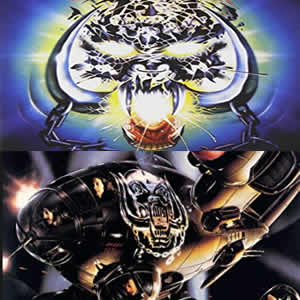
Buy Overkill Buy Bomber During the year 1979, Motörhead released their second and third albums, Overkill and Bomber, two records that put this hard rock trio on the map. Overkill was an unexpected […]
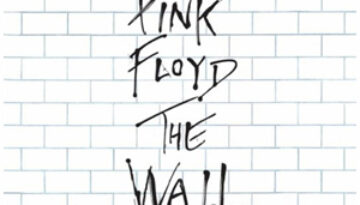
Buy The Wall The Wall was the most ambitious album of a long and storied career filled with ambitious projects by Pink Floyd. This double-length concept album was composed by vocalist and bassist […]

Buy The Long Run The Eagles completed their torrent through the seventies with 1979’s The Long Run, the studio album which closed the decade as the number one album in the USA. This diverse album […]
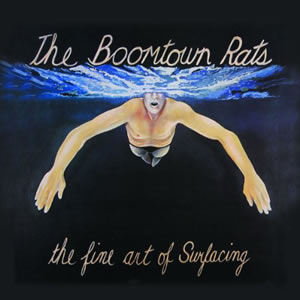
Buy The Fine Art of Surfacing The Boomtown Rats third album, The Fine Art of Surfacing, was the commercial apex of the band’s short career. Musically, the group branched out from their punk […]
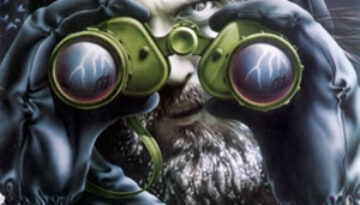
Buy Stormwatch Stormwatch was the twelfth studio album by Jethro Tull in twelve years, as they released exactly one album per year from the start of their career in 1968. Like all Jethro Tull […]
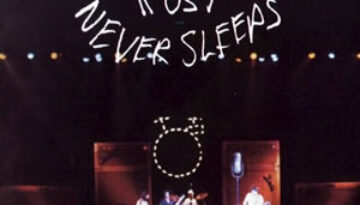
Buy Rust Never Sleeps Rust Never Sleeps was a unique recording by Neil Young and Crazy Horse as it was an album of all new material mainly recorded live but post-produced with some studio […]
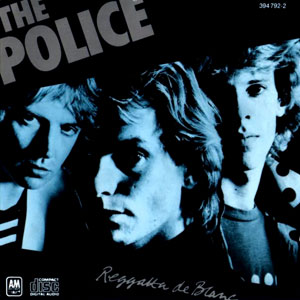
Buy Reggatta de Blanc Driven by the strength of two UK number one singles, Reggatta de Blanc helped launch The Police into the commercial stratosphere. Building on the strength of their 1978 debut, […]
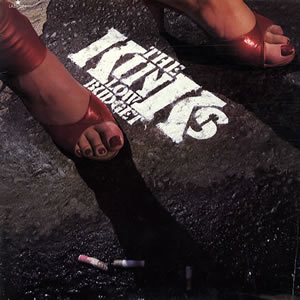
Buy Low Budget The Kinks closed out their very prolific 1970s with Low Budget, their most commercially successful album of the decade. Composer, producer, and frontman Ray Davies put together a collection of […]

Buy London Calling The Clash advanced light years with their third release London Calling. This 1979 double album explored many sub-genres and showed with no doubt that this band was the most advanced […]